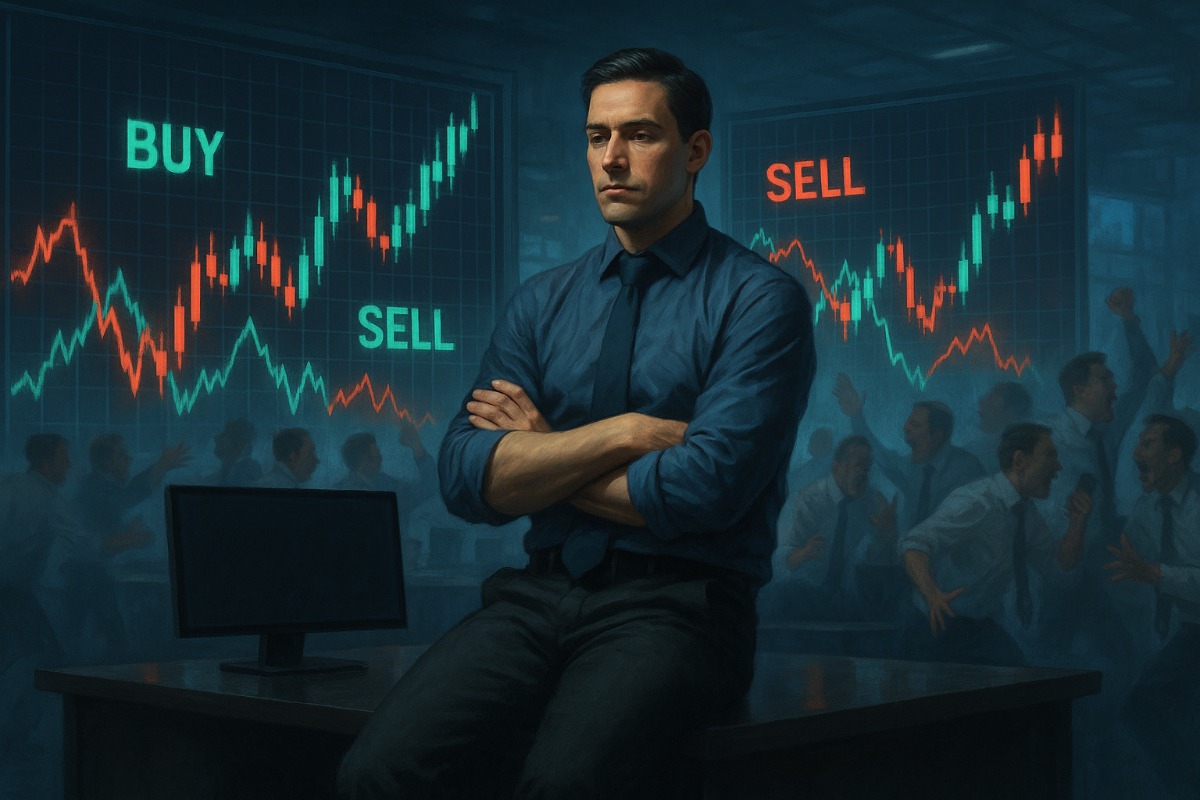The Patience Trade: Why Waiting Often Pays More Than Jumping In
Oct 02, 2025 9:16 pm
The Patience Trade: Why Waiting Often Pays More Than Jumping In
In trading, speed gets all the glory. Fast entries, split-second exits, the adrenaline of catching a move before it happens-that’s the story everyone wants to tell. But behind the noise, the most profitable traders know something different: waiting often pays more than rushing.
Why Patience Matters in Markets
Markets move in cycles, and cycles take time. The trader who jumps too early risks tying up capital in dead money. The one who enters too late often gets caught in reversals. But the patient trader, who sits out the noise and waits for clear setups, keeps both risk and stress under control.
Patience isn’t passive-it’s strategic. It’s choosing when not to trade, which is often the most important decision of all.
Sponsored Content from American Alternative Assets
The One Move That Could Topple Trump’s Second Term
Video preview They won’t print THIS in the Washington Post…
But the second Trump walked back into power— a hidden war began behind closed doors.
Not with ballots. Not with speeches. With weapons only insiders understand: interest rates, currency pressure, and legal traps.
The Cost of Impatience
Impatience comes in many forms:
- Chasing a move after it’s already run.
- Forcing trades on quiet days just to “do something.”
- Refusing to wait for confirmation before entering.
Each of these drains accounts faster than bad analysis. Most traders don’t blow up because they can’t read charts-they blow up because they can’t wait.
Examples From the Pros
- Jesse Livermore famously said, “It was never my thinking that made the big money. It was always my sitting.”
- Warren Buffett is the ultimate patience trader, waiting years before deploying capital into high-conviction opportunities.
- The lesson is clear: discipline in waiting often beats brilliance in prediction.
Patience as Risk Management
Patience is more than mindset-it’s a risk management tool.
- Waiting reduces overtrading, which cuts fees and stress.
- Waiting filters out false signals and traps.
- Waiting creates better risk-to-reward ratios by entering only when odds tilt in your favor.
In volatile markets, sitting on the sidelines can be the strongest position of all.
How to Build a Patience Habit
- Predefine setups: Know exactly what your entry must look like.
- Set alerts: Let the market come to you instead of staring at screens.
- Track missed trades: Journal not only what you entered but also what you skipped and why.
- Reward discipline: Celebrate not trading when conditions aren’t right.
Over time, you’ll see that many “skipped” trades would’ve lost you money-proving patience was profitable.

